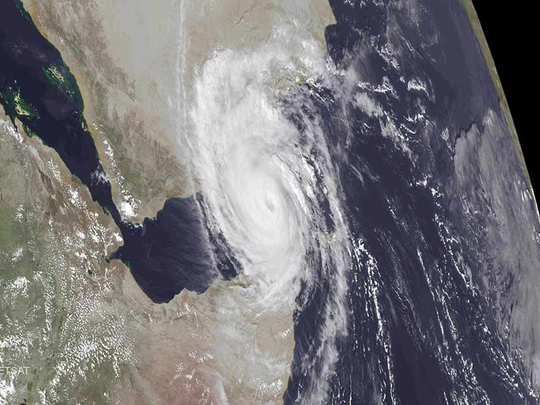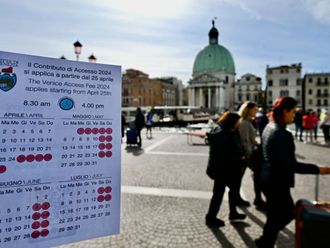
BARCELONA: A new report from the World Bank finds that the poorest people are more exposed to climate-related shocks such as floods, droughts and heat waves than those with average incomes.
Poor people also lose much more of their wealth when they are hit, the report said.
Here are some facts and figures on why and how that happens: -
1. More than 100 million extra people could be pushed into poverty by 2030 due to climate change impacts, with sub-Saharan Africa and South Asia the hardest-hit.
2. The biggest impact of climate change on poverty comes through agriculture. Climate change threatens global crop-yield losses as large as 5 percent in 2030 and 30 percent in 2080, models show.
3. The next strongest drivers of climate-linked poverty are health effects such as higher incidences of malaria, diarrhoea and stunting, and lower labour productivity due to extreme heat.
4. The number of people exposed to droughts could increase 9-17 percent by 2030 and 50-90 percent by 2080.
5. Global warming of 2 to 3 degrees Celsius could increase the number of people at risk of malaria by up to 5 percent, or more than 150 million people./s- Climate impacts could hike the burden of diarrhoea by up to 10 percent by 2030 in some regions.
6. Poor people lose more to disasters, as they are often more vulnerable. When Hurricane Mitch hit Honduras in 1998, poor people lost three times more than others, and when heavy rains flooded Mumbai in 2005, poor households lost twice as much.
7. Poor people get less social support. Only a third of sub-Saharan Africans have access to financial services, while less than 10 percent of the poor in low-income countries are covered by social safety nets.
8. People in poor nations have little access to health insurance and pay more than half their health costs out of pocket. - Climate change could add 12 percent to 2030 food prices in Africa, where food consumption of the poorest households amounts to over 60 percent of their total spending.
Source: World Bank report, "Shock Waves: Managing the Impacts of Climate Change on Poverty", www.worldbank.org/climate












